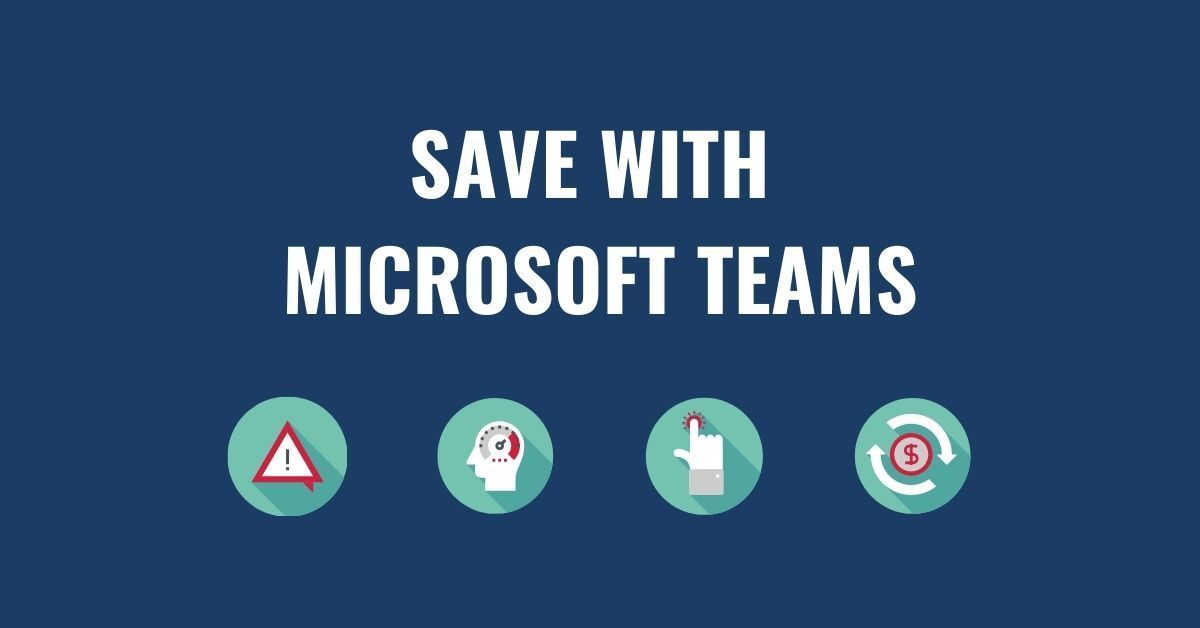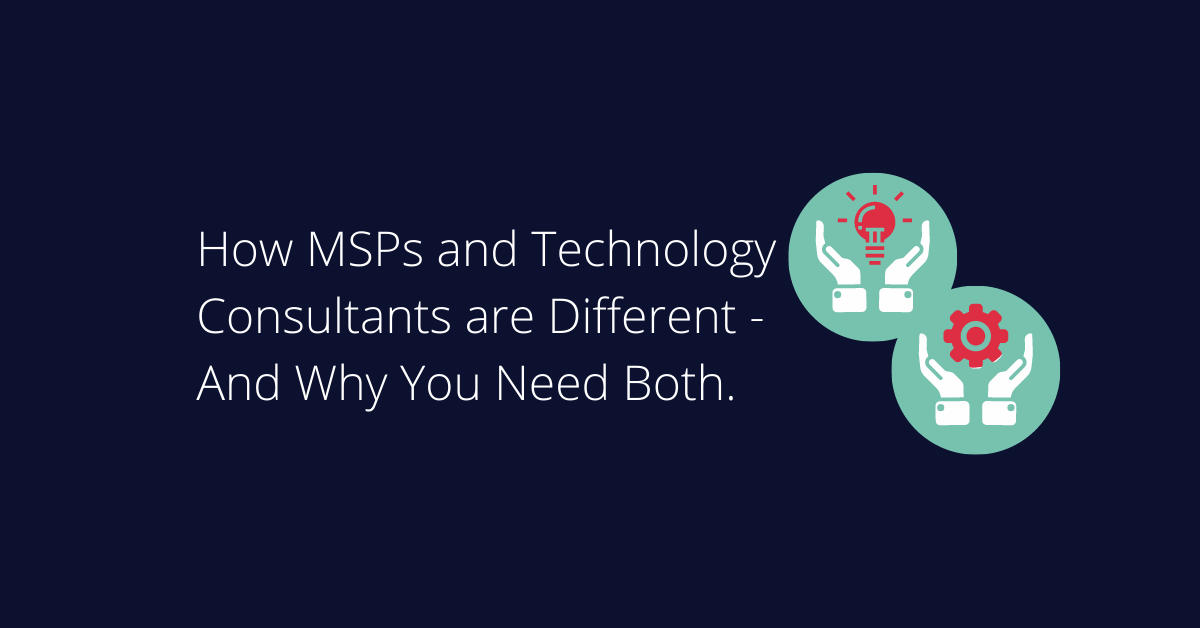(Mis)Adventures in Small Business IT – Implementing “Simple” Internet Changes
Chelsea Sauder • July 31, 2019
It was all planned out – converting from one internet service provider to another but then they realized it might not be as easy as they thought.
In our series of (Mis)Adventures in Small Business IT, we will share stories from clients who took on portions of their Small Business IT without seeking expert advice, and the ultimate resolution to their challenges.
For our first episode, we’ll relive a relatively simple change which was planned for a services company. The scope of the change was fairly straightforward, replace the current internet connection with a new connection from the same provider – a swap from cable internet to fiber internet.
As with many small companies, everyone in the business wore many hats, and there was no dedicated network engineer or fulltime IT person. Instead, this change was planned by members of the company who were technical but had specialties in other areas of technology. They were off to a good start, procuring the circuit and getting appropriate static IP addresses provisioned. The circuit physical installation was uneventful, and they planned to bring the service online during a communicated maintenance period. To their credit, they also considered and outlined a rollback plan which included overlapping their current service with the new service for a couple of weeks, to allow for resolution of any issues that might arise.
In a quick review of things this far, they’re putting points on the board for:
- Planning the implementation
- Communicating to staff
- Having a rollback strategy
The day of implementation arrived, and they began to follow their plan by updating the configuration of their network equipment. Unfortunately, right out of the gate, there was a discrepancy related to the static IP information provided by the internet provider. Uncertain of the best way to validate the conflicting information, they were left to “guess and check” their implementation. While there are circumstances when this isn’t a terrible approach, it never instills confidence when this is the only route you have left to take. To make matters worse, none of the combinations seemed to work. Leaning on their rollback plan, they removed the new connection from the mix and maintained connectivity on their old connection.
At this point, they hadn’t experienced any unplanned outages but they had invested a decent amount of time from one of their full-time staff which might have been more appropriately applied to his core responsibilities rather than orchestrating and conducting changes to their internet and network configuration. TexasPGB was aware of the change though not formally involved, but once we heard about what was starting to sound like a prime example of a (Mis)Adventure we offered to assist in making sure this went the right way.
Once brought up to speed, implementing the configuration changes for the new connection proved to be a quick task for our team – with everything up and running in less than 10 minutes.
Before taking a victory lap around the office, we reviewed common impacts that might result from changing their static IP address, including updates to their VPN configuration on laptops used by several of their key employees. Finally, we recommended and conducted a quick review of their other network configurations to ensure there weren’t other impacts specific to their situation that would require updates. Surprisingly, we uncovered one of these less common scenarios – a Site-to-Site VPN connection between their office and Microsoft Azure with their old IP address configured as part of it. This required updates to both the configuration in their local network equipment and Azure settings, a circumstance that both the client and TexasPGB had not initially planned for. Fortunately, with the right skillsets in the room, these additional updates were easily implemented without significant disruption.
As we highlighted, our client did many things “right” when preparing for this change. They were able to determine what they needed, get it physically put in place, identify the need to plan the implementation/rollback, and most importantly they communicated the potential for interruptions to connectivity during the change. With their staff of technically capable individuals, it’s easy to see why they would take on this project unassisted. However, this is also a project which demonstrates how easily things can depart from the “plan” and take you into uncharted territory. This can start if you’re not accustomed to working with network engineers (the technicians activating business internet circuits are often NOT in customer service) to missing nuances in your configuration which will have big impacts later.
Finally, a point to consider – even if it all worked out, how much of your employees’ time should be spent stumbling through technology challenges rather than focusing on the job you hired them for?
We estimate that having the wrong resources on these projects can contribute to a 3x to 5x increase in effort, frustration, and disruption – often resulting in failed projects that never deliver the benefits you anticipated.
Have you been caught up in the DIY craze with your Small Business IT? Want to avoid situations like this one within your business? Contact us here
and let’s talk!
Share this post with others:

When it comes to automating processes around your business, it can simultaneously seem like everything can be automated, and absolutely nothing can be automated. As with many other things, the real answer is somewhere in the middle but can be a bit challenging to put your finger on. These projects usually start when someone at the strategic level of the organization has decreed that “we are going to automate!” and either they personally go on the hunt for what to automate or they hand it off to someone on their team to go do the leg work and come back with “automation” (maybe in a nice box with a bow on it). Sound familiar?

Data is everywhere. You’ve got a lot to focus on and it can be hard to stay on top of what’s going on with your business. Report creation in Excel is often time-consuming and can quickly become a nightmare. Modernizing your reports and streamlining your process with PowerBI to get more reliable and consistent reporting across all of your systems can be a game changer for your business. Read on to learn about three key acceleration tactics that our team uses on every implementation that we facilitate.

83% of knowledge workers require technology to work together. Microsoft Teams is a cloud-based collaboration and communication tool that lets workers share the right information to the right people all through one integrated platform. According to a Forrester report, The Total Economic Impact of Microsoft Teams, there are a variety of ways using Teams saves organizations time and money. Read and download the infographic to share here .

How to Get Started with the Power Automate app for Teams You can get started with Power Automate app in just 3 quick steps: Click on the … in the left-hand corner of your teams browser Search for “Power Automate” Click on the Power Automate app icon and pin it to your left-hand Teams navigation panel

As mentioned, there are several options available for automating your business. One of our favorite low-code/no-code options is the Microsoft Power Platform. As a suite of 4 different tools, the Power Platform can automate routine tasks, customer support, data visualization, and more. A few highlights on the effectiveness of the Power Platform are:

It is no secret that 2020 and the coronavirus pandemic altered the reality of doing business. These changes are showing little signs of letting up and a lot of the adjustments made to respond to a remote workforce may very well become a permanent feature in daily business operations. As business decision makers (BDMs) and IT decision makers (ITDMs) head into a new year it is important to keep an eye out for technology solutions that can further support these operational changes while increasing efficiency. This post briefly highlights the top 3 digital solutions we have our eyes on for 2021 and our Microsoft-based clients.

In our latest video series, Patrick Boren, Principal Consultant at TexasPGB, introduces the newest addition to the Microsoft Project family, Microsoft Project Operations. In this video Patrick discusses: What challenges Project Operations aims to solve What is Project Operations and common use cases for the tool Who uses Project Operations Upcoming "Day in the Life" Sessions Watch the video or read the condensed transcript below.

Having a wealth of data at your fingertips is great, but what happens when your data is so vast that it takes you years to make a key discovery? A friend of mine told me a story recently about an experience he had. His first company conducted a VP meeting every quarter – everyone scrambling to put together their presentations and make their case based on the data from Excel spreadsheets. Departments and information tended to be segmented into silos. While much of the data could be shared across the company, rarely was it compiled in a way to show how one area of the business could affect another.

If you are looking to migrate your data to Microsoft 365 there are two common methods to funnel your data - SharePoint or Common Data Service (CDS). SharePoint solutions take advantage of lists and libraries. Data is housed, originated, and manipulated entirely within the SharePoint platform. CDS solutions use both standard and custom entities to collect and house data that is then integrated across the Microsoft 365 platform. Below we will review a few ways each method is different and what you should look for before making a final decision for your data migration plan.

When it comes to technology, do you have a one-size-fits-all vendor? In today’s world of cost cutting, we see more and more organizations that end up missing out on huge technology opportunities by assuming a single vendor can and will do it all. As a technology consulting firm, we’re frequently asked “aren’t you the same as my managed service provider (MSP)?” Fortunately, for those that ask, we’re able to shed light on how a Technology Consulting Firm varies from an MSP.

